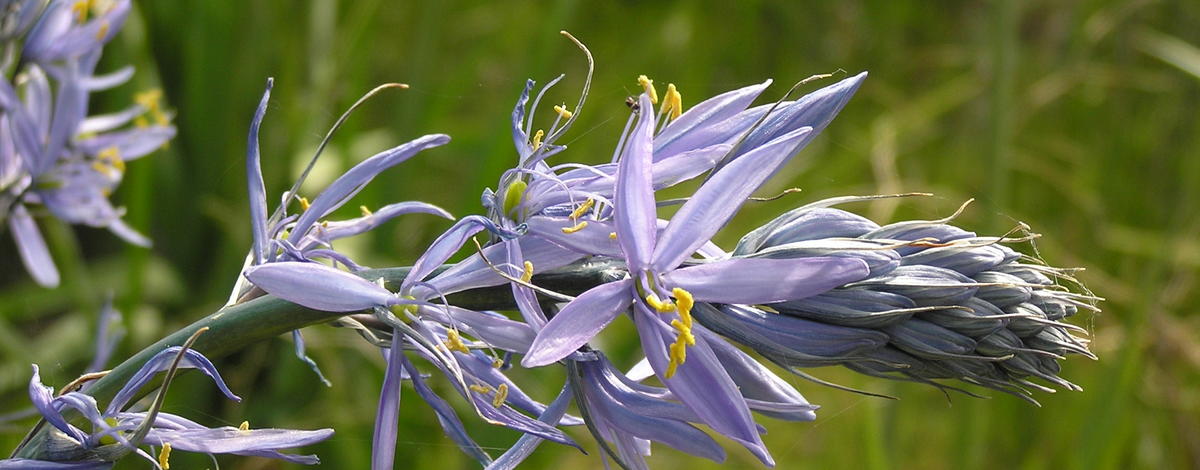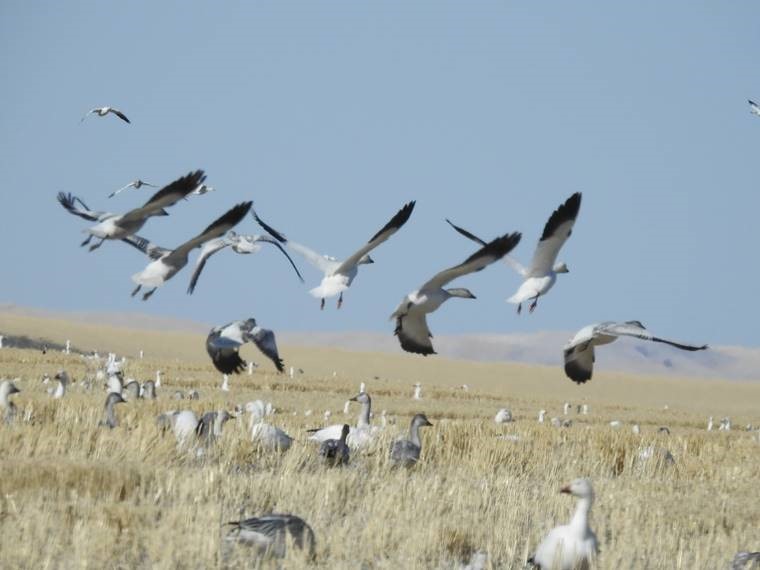Duck heaven! The Centennial Marsh area earned this name because at one time it supported thousands of breeding and nesting waterfowl. The acquisition and management of the WMA properties ensured waterfowl and shorebirds would continue to have breeding and brooding habitat.
The WMA is inundated by water from mid-April to mid-July, and 70% of Centennial Marsh is covered by one foot or less of water. This creates the dense vegetation that attracts large numbers of waterfowl and other water-based birds. Bird watchers visit the area throughout the spring and summer. For nature photographers, it is a birding paradise.
The use of the WMA during spring waterfowl migration is solely dependent on when the spring thaw occurs. During a mid-March thaw in 2013, an estimated 3000 northern pintail, 1000 snow geese and 500 tundra swans used the marshes. A more typical mid-April thaw is too late for these early migrants. However, shorebirds generally migrate though early and-May and take full advantage of the marshes.
Historically, the Camas Prairie was the principal camas root gathering area and summer hunting grounds for the Bannock, Shoshoni, and Northern Paiute tribes. Today, the Camas Lily bloom in late May is one of the most visited and photographed time of year on the WMA.


